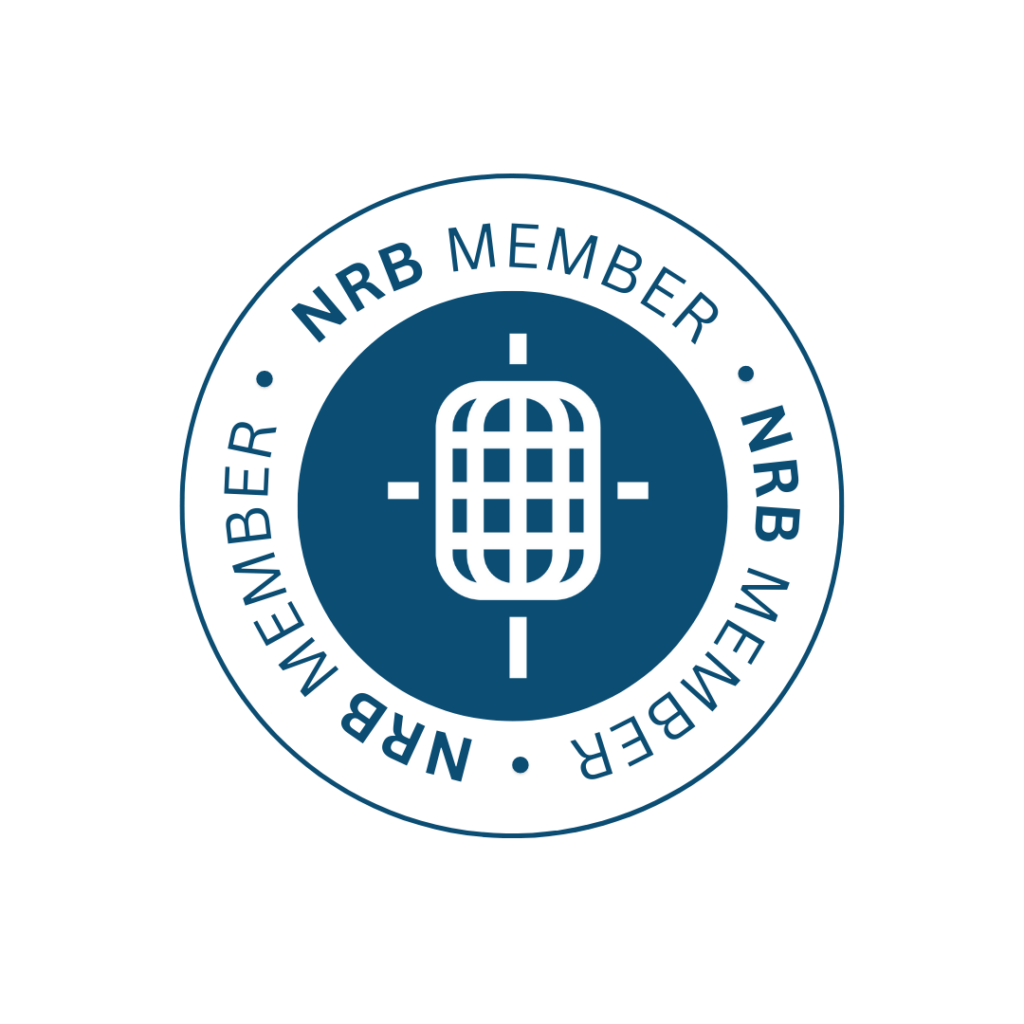MORE DONORS, MORE IMPACT: A Proven Formula for Fundraising Growth
Wiley Stinnett
SENIOR VICE PRESIDENT OF STRATEGIC INSIGHTS
In my 40+ years of raising funds for nonprofits, two facts have remained consistently clear: More income is always needed to serve more people, and more income is expected every year.
Meeting these expectations requires both a realistic assessment of fundraising potential and a dependable system to measure progress. Through experience, I’ve developed a simple yet effective approach to determining what’s achievable. Let me share it with you—hopefully, you’ll find it insightful and useful.
Step 1: Assess Active Donor Income
At mid-year, calculate the total income generated by active donors over the past 12 months. This ensures your assessment accounts for the year-end giving surge in the fourth quarter.
Step 2: Determine the Number of Active Donors
Identify how many donors contributed to that income over the same 12-month period.
Step 3: Calculate the Average Annual Giving Per Donor
Divide the total income by the number of active donors. This provides the average amount each donor contributes annually.
Step 4: Determine the Donor Growth Needed
Take your desired income goal and divide it by the average annual giving per donor. This will tell you how many active donors are needed to achieve your target revenue.
More often than not, the number of donors required will exceed your current active donor count. This means growing your active donor base is essential. While these calculations help determine the feasibility of income expectations, achieving them requires a deeper strategy.
Strengthening Your Donor Base
Simply acquiring new donors isn’t enough—you need to evaluate and improve key donor retention metrics:
- New Donor Activation Rate: What percentage of new donors give a second gift? (30% is a strong benchmark.)
- Donor Attrition Rate: How many donors stop giving each year? (30% should be the maximum—lower is better.)
- Lapsed Donor Reactivation: How effectively are you reengaging past donors?
Improving performance in these areas can help strengthen your active donor base, making revenue growth more sustainable. It is not realistic to simply rely on increasing each donor’s average annual giving—that remains a persistent challenge.
A Proven Path to Success
Ultimately, meeting income expectations requires strategic efforts across all these areas. This approach transforms income growth from a mere wish or demand into a concrete, achievable strategy.
Let’s keep the conversation going! Feel free to reach out to us with your thoughts, experiences, or questions as we continue this journey together.









